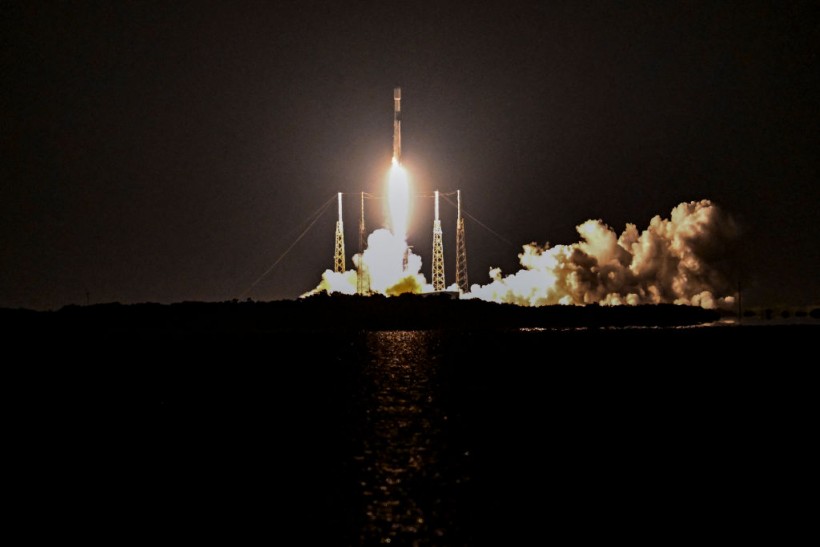Tonight, on August 31, SpaceX deploys additional 22 Starlink internet satellites into orbit, with a live viewing option. The launch is initially planned for 8:40 p.m. EDT, although delayed to a later time, from Cape Canaveral Space Force Station in Florida.

A SpaceX Falcon 9 rocket carrying the Starlink 4-20 mission, launches from Space Launch Complex 40 at NASA's Kennedy Space Center in Cape Canaveral, Florida, on September 4, 2022.
Starlink Mission Sends Additional 22 Satellites in Low-Earth Orbit
The successful launch of Falcon 9 rocket can be viewed via Space.com or directly through SpaceX's website. The coverage started approximately five minutes ahead of the launch.
After the rocket's successful sequence, the initial stage of Falcon 9 returned and landed on the SpaceX drone ship, A Shortfall of Gravitas, located in the Atlantic Ocean, around 8.5 minutes after takeoff. SpaceX shared a video of that landing on their official X (formerly Twitter) account.
Falcon 9’s first stage has landed on the A Shortfall of Gravitas droneship pic.twitter.com/CTIb44T49Z
— SpaceX (@SpaceX) September 1, 2023
This specific booster has undergone six prior launches and landings, marking the seventh for this booster. Notably, SpaceX's reuse record stands at 16 flights, achieved by two separate Falcon 9 first stages.
Continuing its journey, Falcon 9's upper stage will persist in flight, eventually releasing the 22 Starlink satellites into a low Earth orbit (LEO) roughly 65 minutes post-launch.
Initially, this Starlink mission was intended to be the latter half of a SpaceX dual launch. An additional Falcon 9 was scheduled to dispatch 13 satellites for the U.S. Space Force from Cape Canaveral earlier in the day.
However, SpaceX opted to postpone that planned launch due to an undisclosed complication. The rocket liftoff on Thursday, August 31 at 10:21 p.m. ET (02:21 UTC on September 1) for the Space Force mission.
Space Development Agency's second Tranche 0 Mission
SpaceX has set its sights on Friday, September 1 at 7:26 a.m. PT (14:26 UTC) for the launch of the Space Development Agency's second Tranche 0 mission to low-Earth orbit.
The launch is scheduled to take place from Space Launch Complex 4E (SLC-4E) at Vandenberg Space Force Base in California. Should the need arise, an alternative launch opportunity is available on Saturday, September 2 at 7:25 a.m. PT (14:25 UTC).
The primary booster of the Falcon 9 rocket plays a crucial role in this mission with a history of being employed in prior launches, such as Sentinel-6 Michael Freilich, DART, Transporter-7, Iridium OneWeb, and eight Starlink missions.
Following its detachment from the second stage, the initial stage is programmed to execute a controlled descent and land on Landing Zone 4 (LZ-4) located at Vandenberg Space Force Base.
The spacecraft launched as part of this mission hold significant importance within the framework of the Space Development Agency's Proliferated Warfighter Space Architecture.
This groundbreaking network incorporates satellites positioned within low-Earth orbit, working in tandem with supplementary components, all aimed at establishing a global infrastructure for military communication and bolstering capabilities related to missile warning, identification, and tracking.
Like all of SpaceX's launches, a live webcast of this mission is slated to initiate approximately 15 minutes before the scheduled liftoff.
RELATED ARTICLE: SpaceX Falcon 9 Launches Starlink 'V2 Mini' Satellites for Its First-Stage Booster's 16th Flight
Check out more news and information on Space in Science Times.














